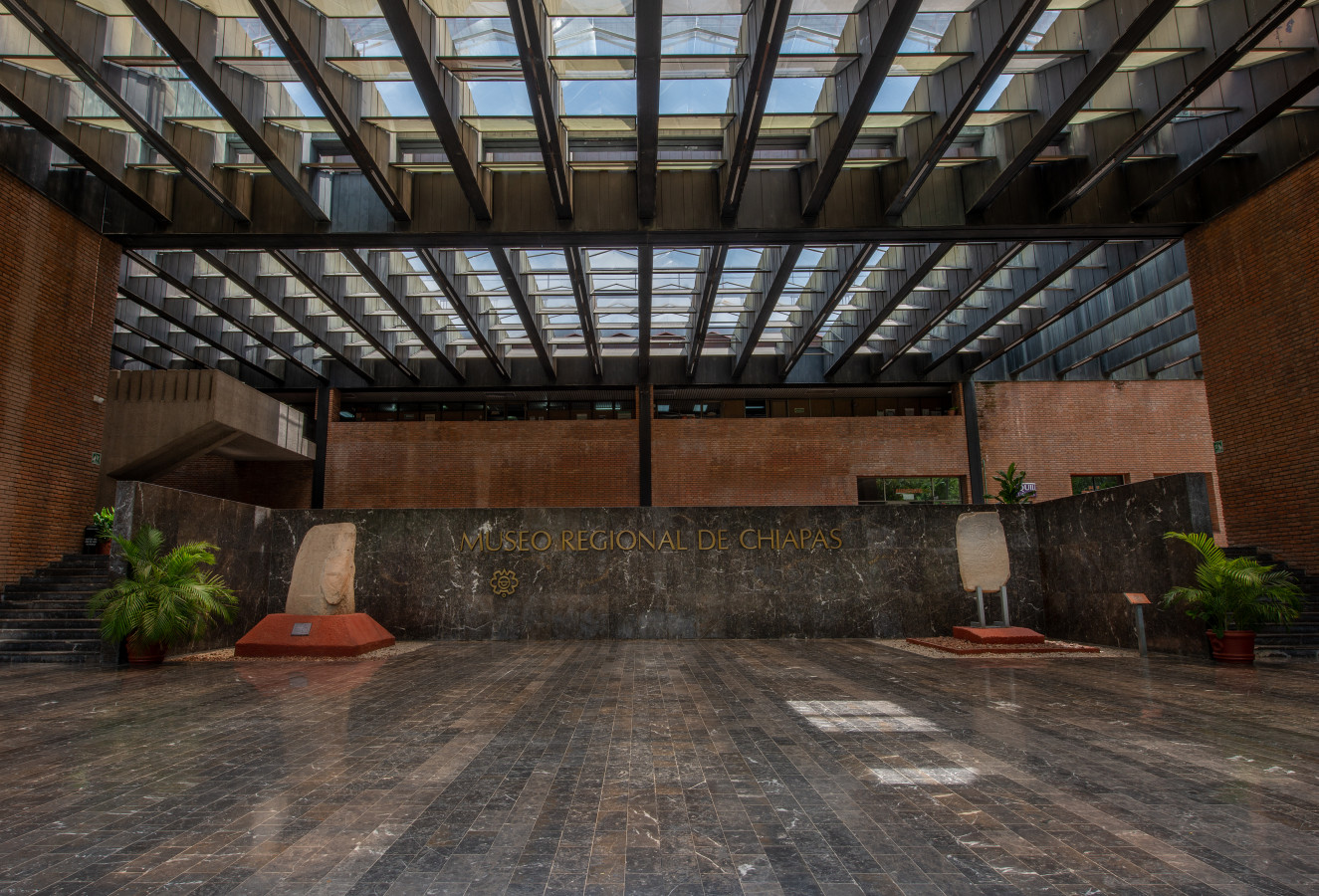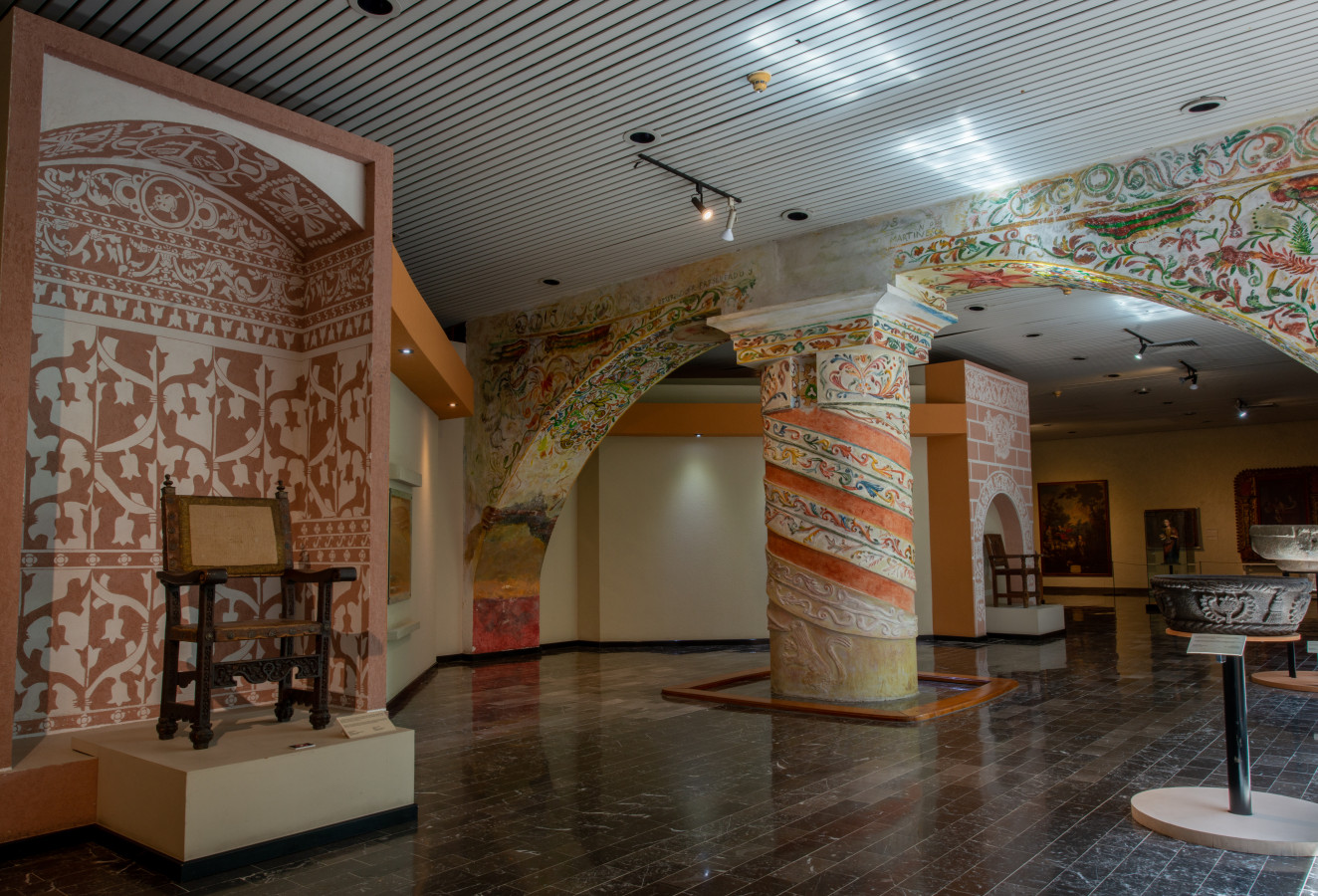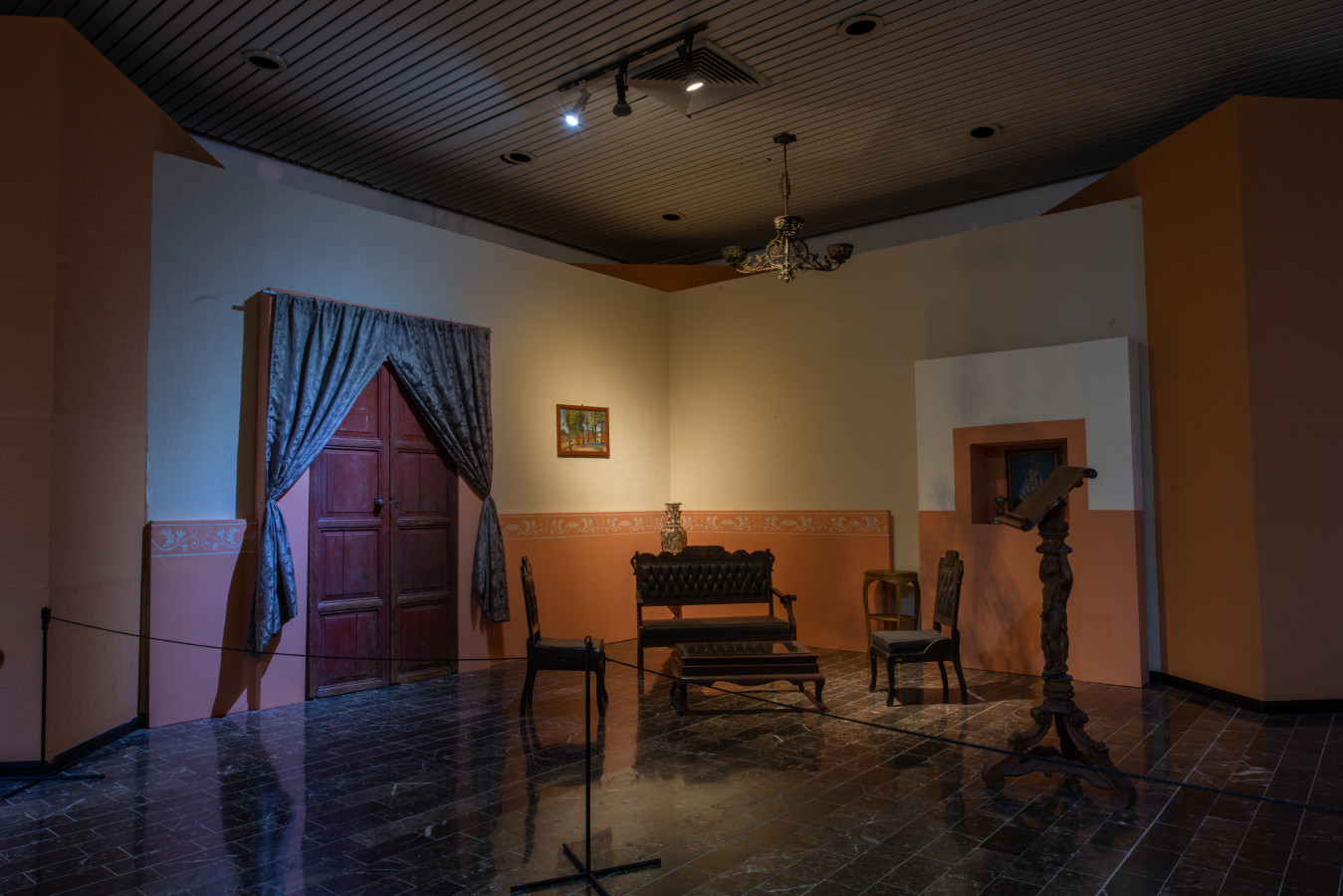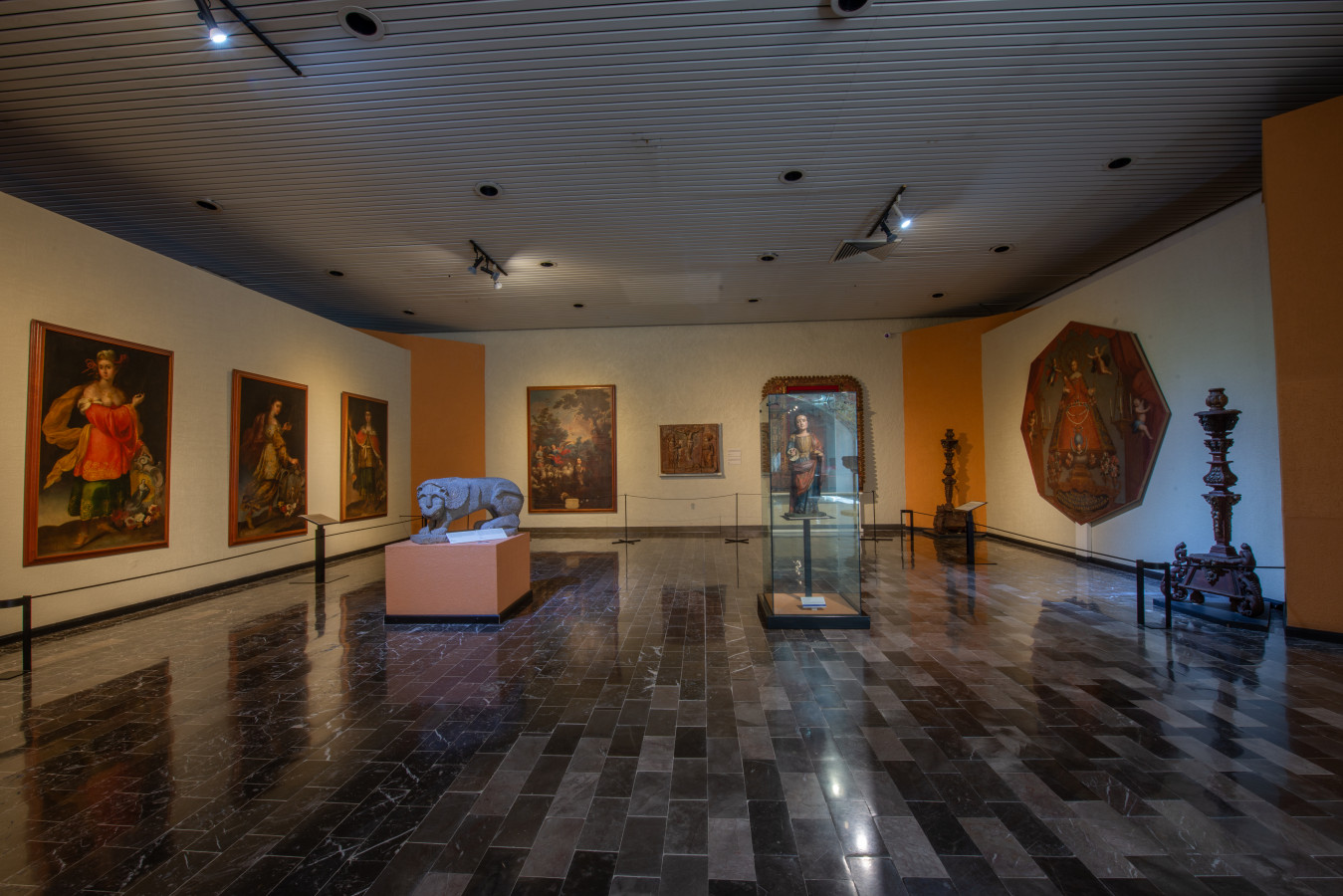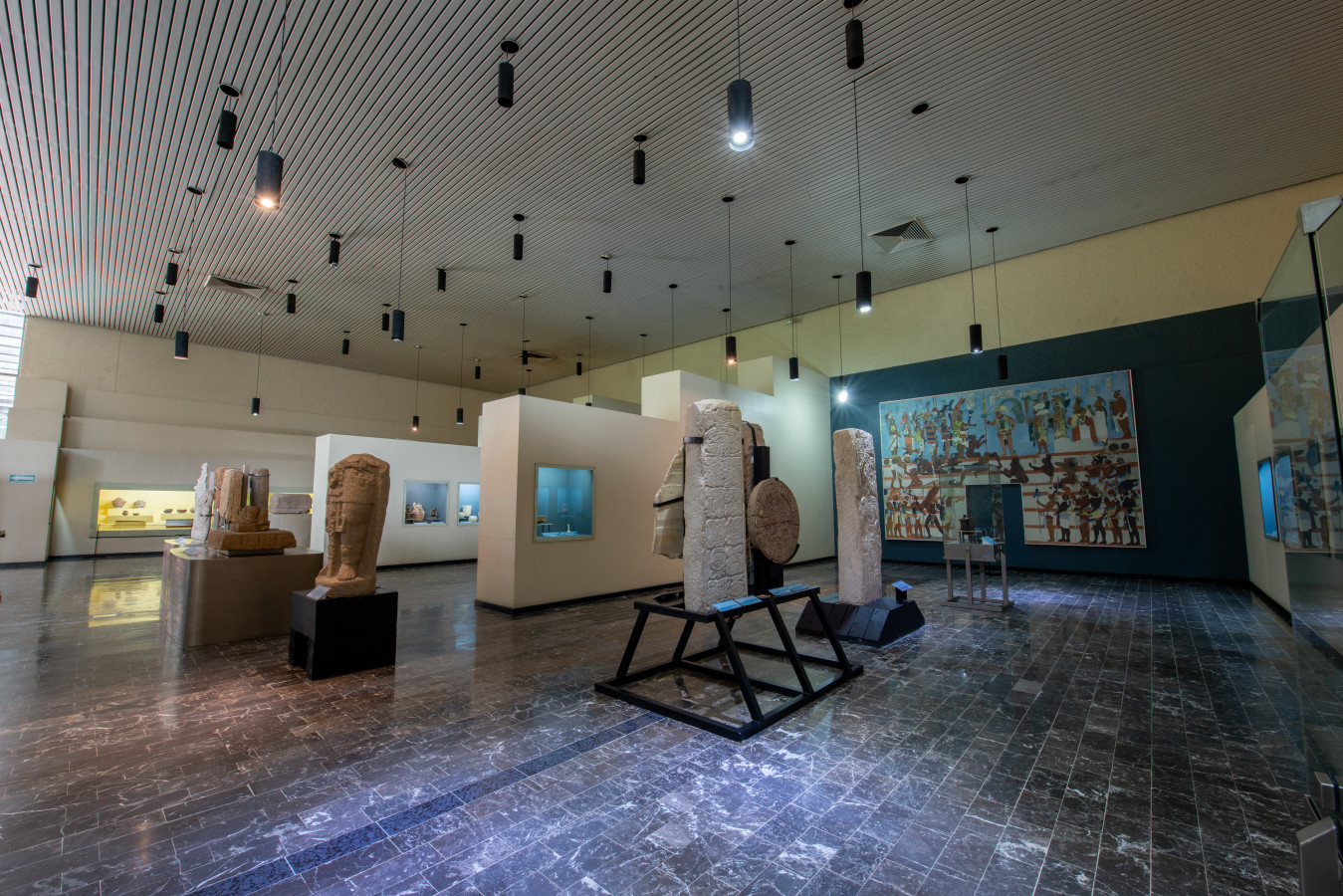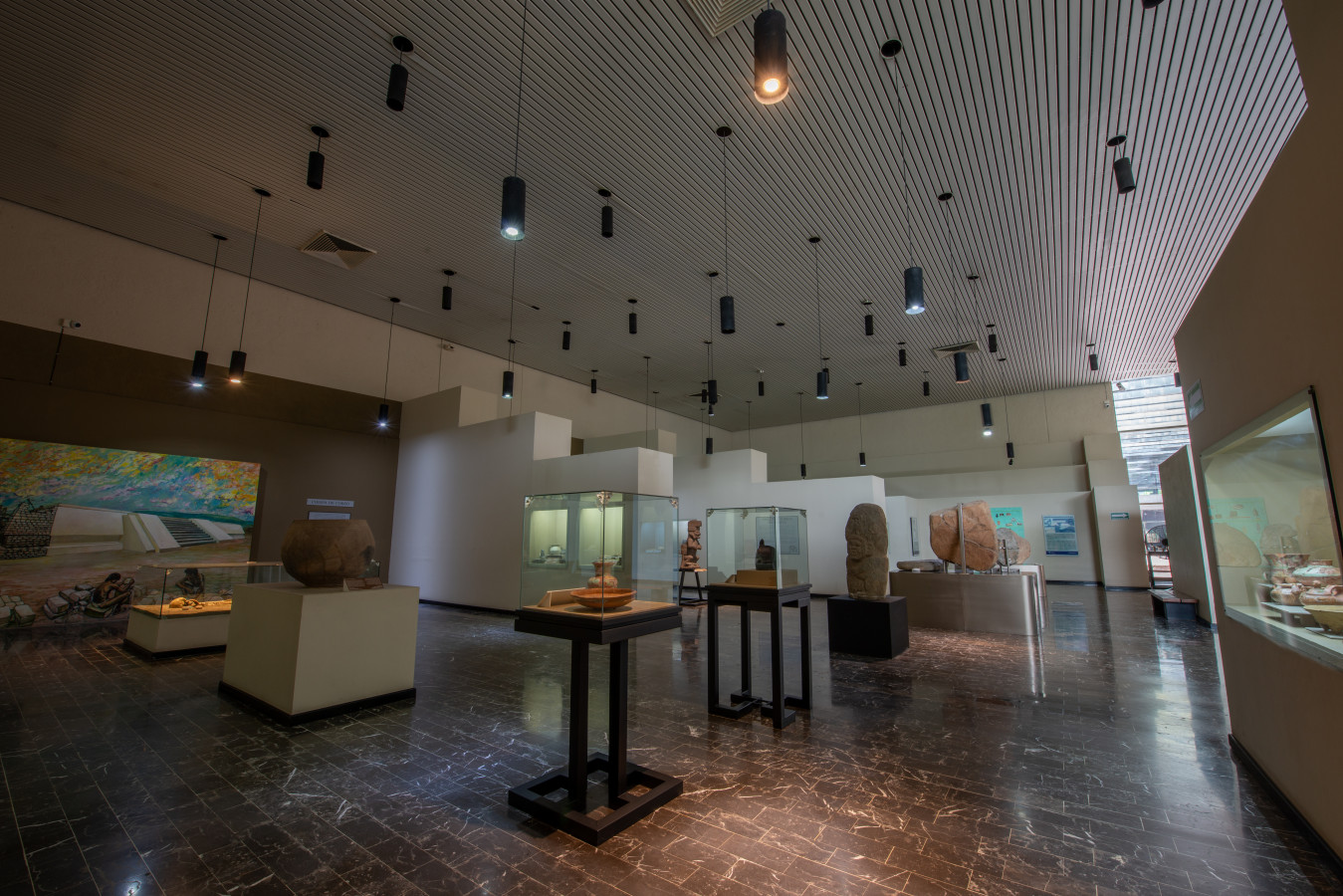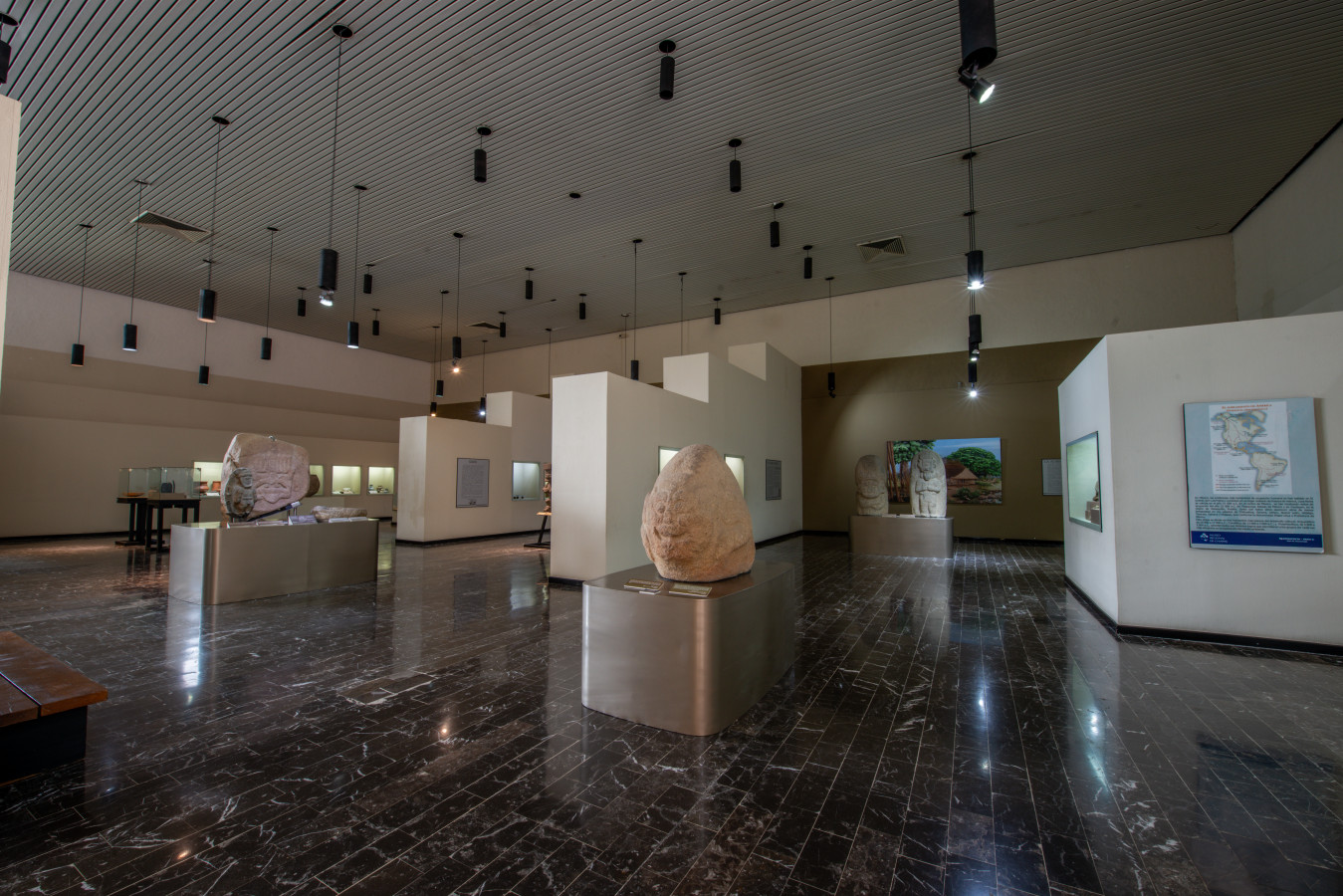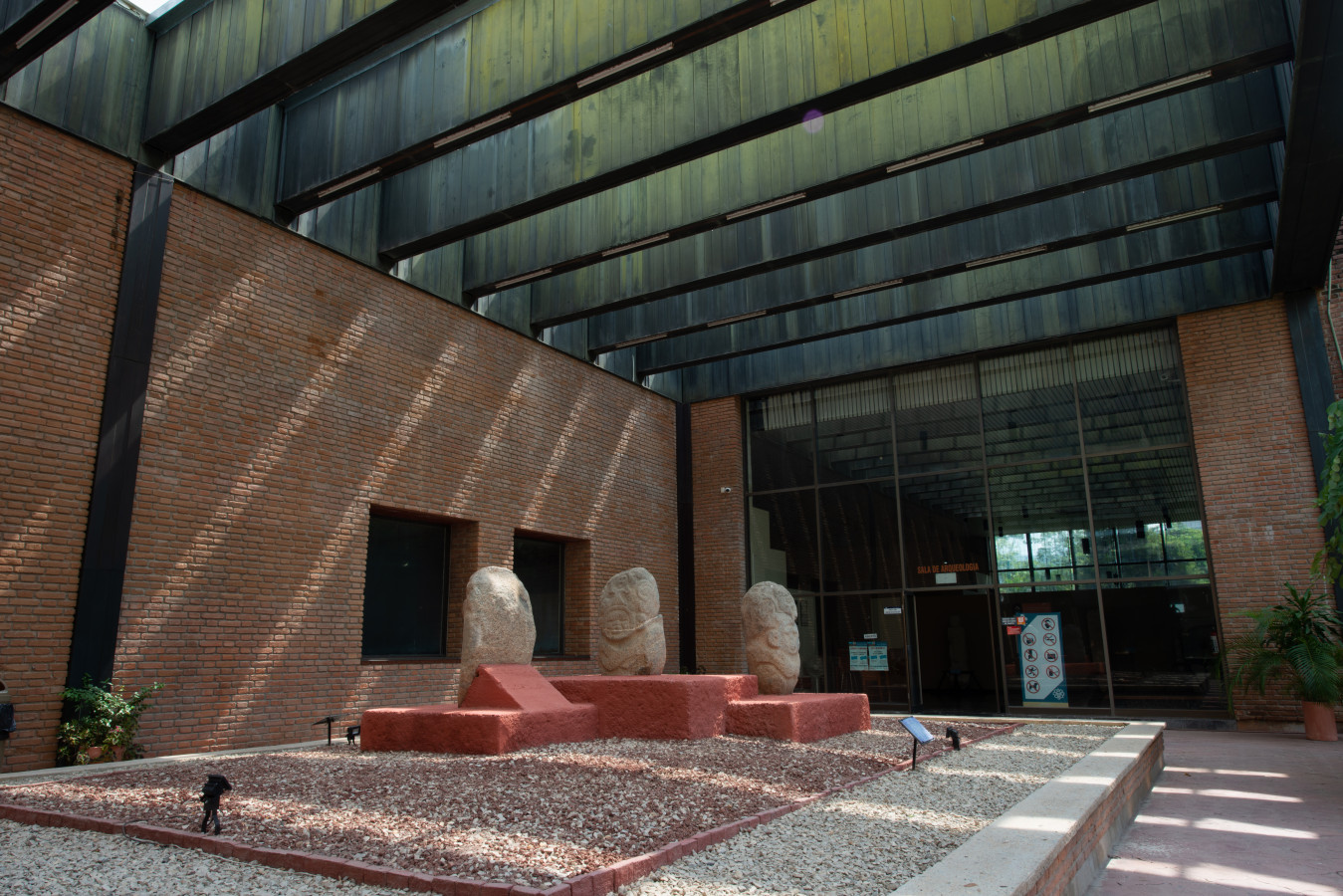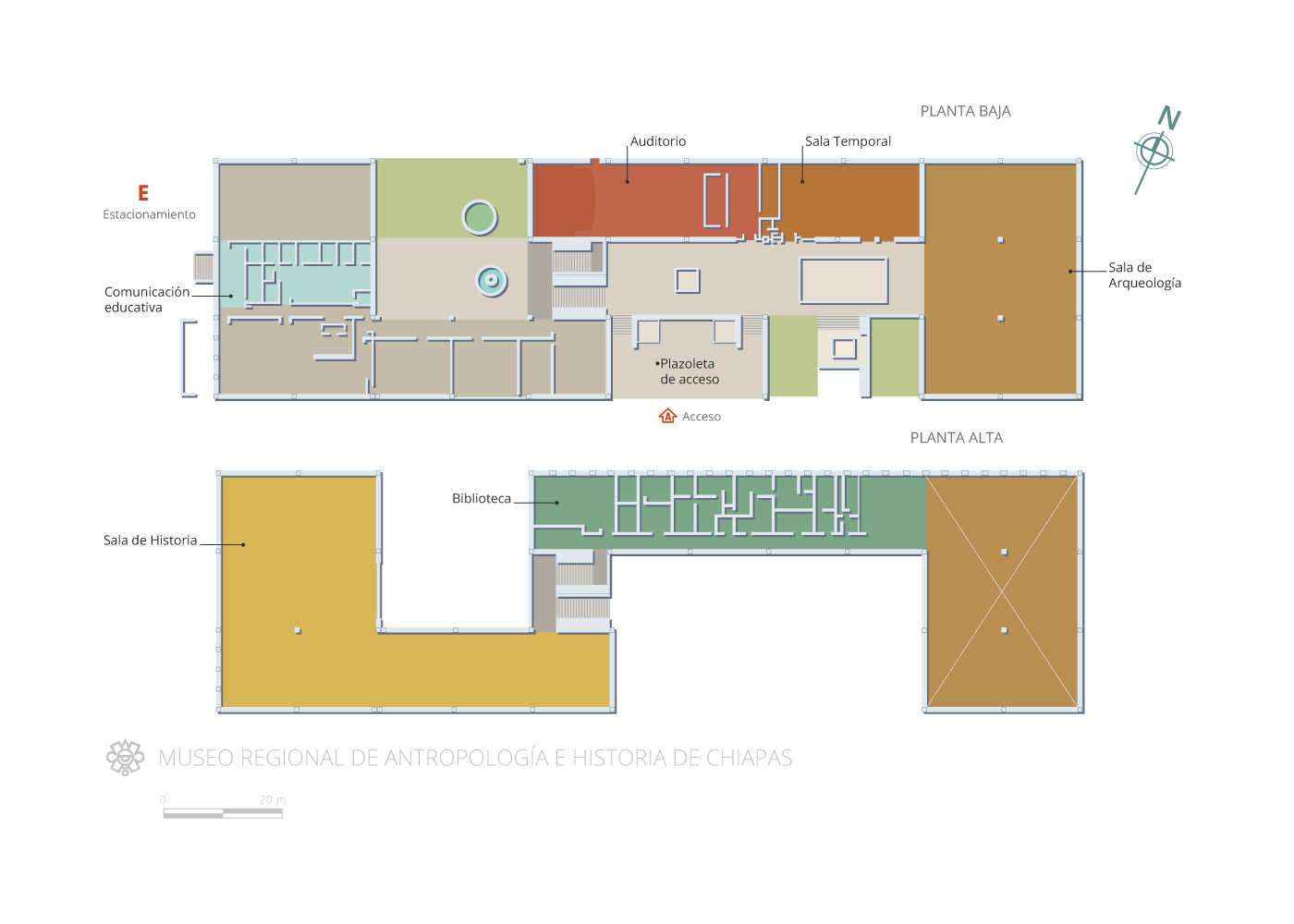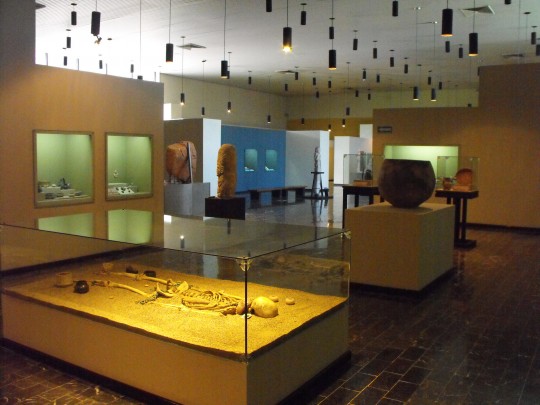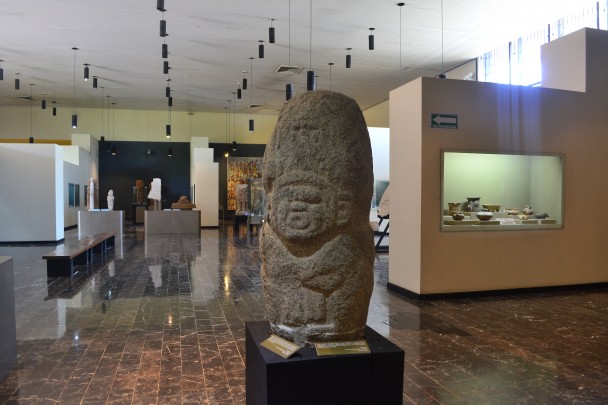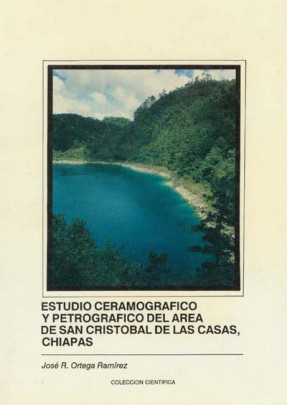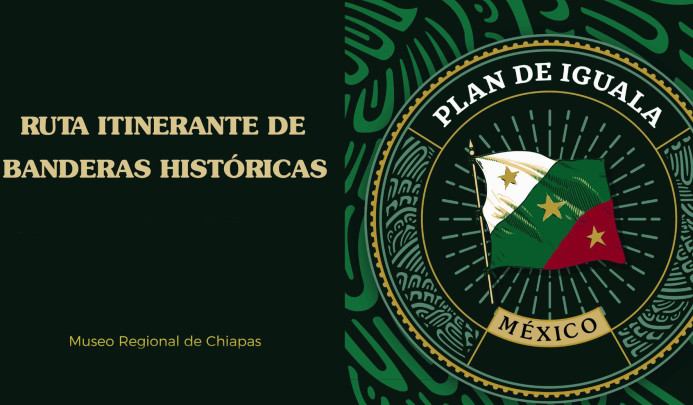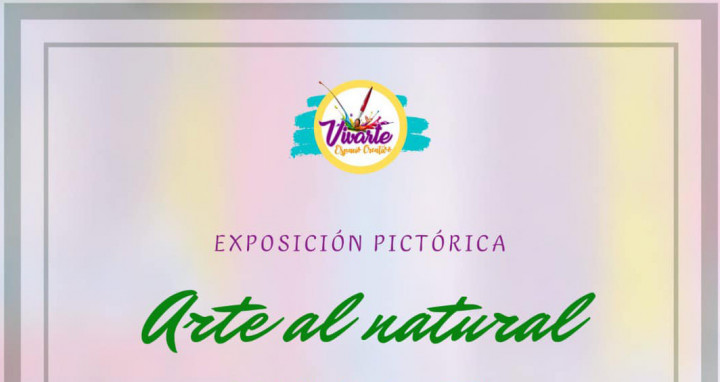Museo Regional de Chiapas
An international prize-winning building houses the rich archeology of the Maya and Zoque cultures of the state, over 3,500 years of history, including the time of the Spanish Conquistadors up to the Revolution. The exhibits include arms, convent life and daily life, fine architecture and important documents.
Regional
About the museum
The museum aims to promote the archeological, anthropological and historical heritage of Chiapas. It was reopened on its new site on September 14, 1984 in a building designed by the architect Juan Miramontes Nájera. This architectural project won first prize at the Third International Architecture Biennale held in Sofia, Bulgaria. The museum’s arrival at its definitive location marked a notable milestone in a long history, which began when it was founded in 1932.
The first Regional Archeology and History Museum of Chiapas came about through the efforts of professors Fernando Castañón, Marcos Enrique Becerra and Alberto Culebro, who organized the first collection of artifacts from Chiapas and deposited them for show in the state public library building, beside the Saint Mark’s Cathedral in the center of Tuxtla Gutiérrez. By the end of the 1930s, the National Institute of Anthropology and History (INAH) had come into existence and the museum became a branch of this new institution. Then in 1940 it transferred to the former home of Dr. Rafael Grajales in the center of Tuxtla. It was subsequently installed in the building known as the Palace of Culture, which today forms part of the University of Sciences and Arts of Chiapas, and in 1979 it moved to the new Parque Madero, where it was established in a building originally earmarked for the Botanical Institute.
The present-day Regional Museum of Chiapas has two large galleries. The first, Archeology, is located on the ground floor of the building, focusing on the pre-Hispanic period, beginning with the prehistoric period, the Preclassic period (2000 to 1000 BC), the Classic period (300 to 900 AD), which was the heyday of the Maya and Zoque peoples, and up to the Postclassic, when the great Mayan cities fell and the Soconusco was conquered by the Mexica people. This gallery reveals up close the beliefs, traditions and technologies that were part of the everyday life of the people who lived in Chiapas in ancient times.
The second gallery, History, is on the upper floor, and it covers the arrival of the Spanish in 1524, when the colonization of Chiapas began, passing through the Viceroyalty period, Mexican Independence, the Reform, the Porfiriato, up to the Mexican Revolution in the early years of the twentieth century. The displays include weapons, religious artifacts, key political documents of the state, paintings and everyday objects, as well as replicas of architectural details from religious buildings, such as the polychrome archway of the La Merced monastery in San Cristóbal de Las Casas and the Arab and Mudejar ajaracas from the monasteries of Tecpatán and Santo Domingo in Chiapa de Corzo.
The first Regional Archeology and History Museum of Chiapas came about through the efforts of professors Fernando Castañón, Marcos Enrique Becerra and Alberto Culebro, who organized the first collection of artifacts from Chiapas and deposited them for show in the state public library building, beside the Saint Mark’s Cathedral in the center of Tuxtla Gutiérrez. By the end of the 1930s, the National Institute of Anthropology and History (INAH) had come into existence and the museum became a branch of this new institution. Then in 1940 it transferred to the former home of Dr. Rafael Grajales in the center of Tuxtla. It was subsequently installed in the building known as the Palace of Culture, which today forms part of the University of Sciences and Arts of Chiapas, and in 1979 it moved to the new Parque Madero, where it was established in a building originally earmarked for the Botanical Institute.
The present-day Regional Museum of Chiapas has two large galleries. The first, Archeology, is located on the ground floor of the building, focusing on the pre-Hispanic period, beginning with the prehistoric period, the Preclassic period (2000 to 1000 BC), the Classic period (300 to 900 AD), which was the heyday of the Maya and Zoque peoples, and up to the Postclassic, when the great Mayan cities fell and the Soconusco was conquered by the Mexica people. This gallery reveals up close the beliefs, traditions and technologies that were part of the everyday life of the people who lived in Chiapas in ancient times.
The second gallery, History, is on the upper floor, and it covers the arrival of the Spanish in 1524, when the colonization of Chiapas began, passing through the Viceroyalty period, Mexican Independence, the Reform, the Porfiriato, up to the Mexican Revolution in the early years of the twentieth century. The displays include weapons, religious artifacts, key political documents of the state, paintings and everyday objects, as well as replicas of architectural details from religious buildings, such as the polychrome archway of the La Merced monastery in San Cristóbal de Las Casas and the Arab and Mudejar ajaracas from the monasteries of Tecpatán and Santo Domingo in Chiapa de Corzo.
September 1984
Map
An expert point of view
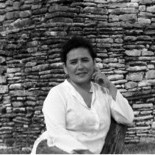
Fanny López Jiménez
Museo Regional de Chiapas
Practical information
Tuesday to Sunday from 09:00 to 18:00 hrs.
$80.00 pesos
Sólo está abierta la Sala de Historia
Calzada de los Hombres Ilustres de la Revolución Mexicana s/n, Parque Madero,
Colonia Centro, C.P. 29000,
Tuxtla Gutiérrez, Chiapas, México.
Colonia Centro, C.P. 29000,
Tuxtla Gutiérrez, Chiapas, México.
Services
-
+52 (961) 613 44 79
-
This email address is being protected from spambots. You need JavaScript enabled to view it.
Directory
Director
Andrés Brizuela Casimir
This email address is being protected from spambots. You need JavaScript enabled to view it.
+52 (961) 612 28 24, ext. 168010

